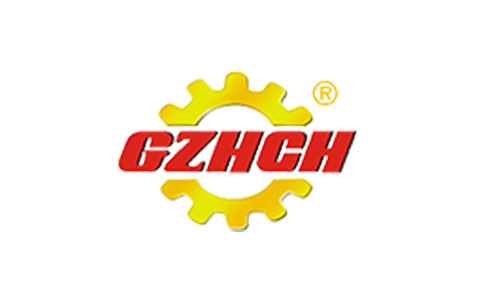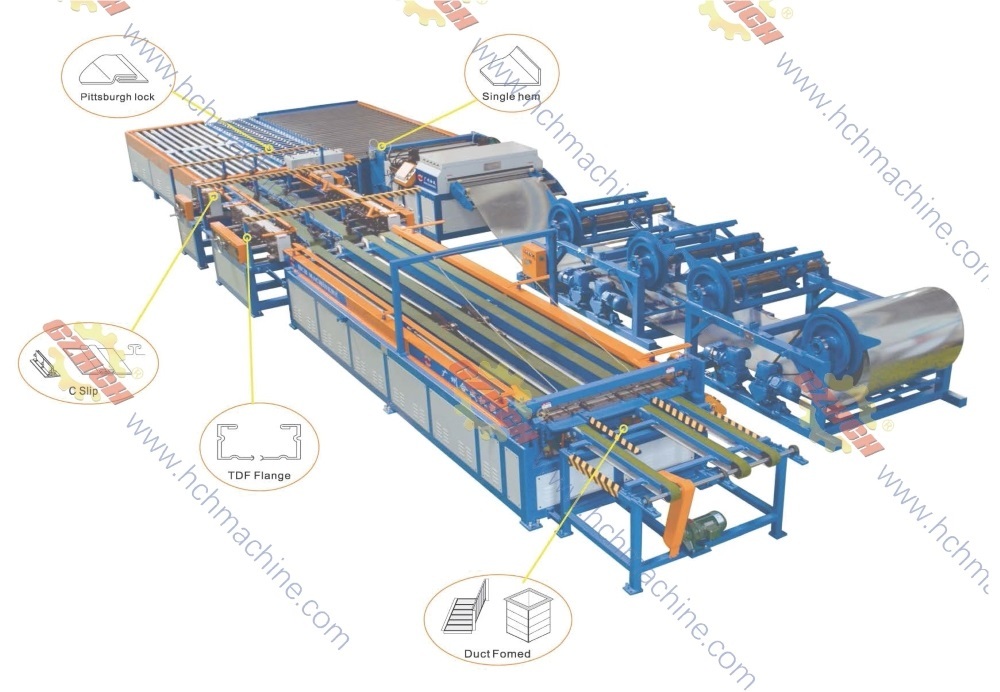What are some common problems with CNC plate rolling machines?
Jul 20,2022
CNC plate rolling machines always have some problems during use. How to solve them when they occur? Here are some common problems:
1. After the CNC plate rolling machine starts, the stepper motor vibrates but does not rotate. This phenomenon is usually caused by a phase failure of the stepper motor or its control system. Therefore, the drive power supply should be checked. It may also be caused by mechanical defects.
2. When the CNC plate rolling machine is working, the workbench suddenly stops working, and the stepper motor vibrates but does not rotate. This phenomenon is usually caused by mechanical defects, but it may also be caused by defects in the control system.
3. The stepper motor works normally at low speed, but loses steps at high speed. This phenomenon may be caused by a decrease in drive power supply voltage and a decrease in stepper motor output torque. When the high-voltage transistor is damaged, check whether the gap between the nut and the screw or the slider block is too tight, whether there are foreign objects in the screw ball guide groove, whether the screw is twisted and deformed, whether the flexible gear in the stepper motor reducer is loose or jammed, etc. The high-voltage power supply cannot be connected, causing the output torque of the stepper motor to decrease at high speed, leading to step loss. During feeding or processing, the winding roller is required to work at low speed. At this time, the stepper motor works at a low speed, and a low-voltage power supply is used. When the program returns to zero, it needs to return quickly. At this time, the stepper motor is required to work at high speed, and a high-voltage drive power supply is used to increase the output torque and ensure normal zero return. At this time, you can first return the workbench to the origin and restart the processing program. If the workbench always stops working when working in one direction, it is due to damage, deformation, or foreign objects stuck in a part of the transmission system. In this way, when you walk back and forth, you lose your footing, and the above phenomenon will form normally.
4. After the CNC plate rolling machine runs, the roller cannot return to the origin. This phenomenon is usually caused by defects in the control system. Therefore, in the case of failure to check the above parts, the screw, screw nut, slider, stepper motor reducer and other parts should also be checked. When there is twisting, deformation or foreign objects stuck, the working resistance will increase. At low speed, this phenomenon is not obvious, but at high speed, the working resistance cannot be completely overcome, forming step loss.
5. After the CNC plate rolling machine runs, the upper roller is out of position when returning to the origin. This phenomenon is usually caused by excessive working resistance of the mechanical transmission system. This defect can be eliminated by replacing the switching transistor. Therefore, the simple plate rolling machine is a messy mechatronics equipment, so when there are defects, it should also be summarized and analyzed from both the mechanical structure and electrical control aspects of the plate rolling machine.
CNC Plate Rolling Machine Maintenance Process:
1. According to the regulations of the machine lubrication chart, add oil to each oil cup lubrication point and manual lubrication point as required.
2. Roll the plate according to the parameters specified by the plate rolling machine. Plate thickness 20mm, length 2500mm, plate rolling material yield strength less than 250Mpa.
3. After turning on the power, perform lifting movements in both positive and negative directions on the lower roller and the upper roller to check whether there is any abnormal jamming in each movement.
4. Strictly follow the coil processing procedures and operating methods. When the upper roller rises and falls to the limit position, pay special attention to the safe operation of the equipment.
Consult Now
Email:
Service Hotline:
Scan code to consult:

Sales Consultation

After-sales Service Consultation
More News



